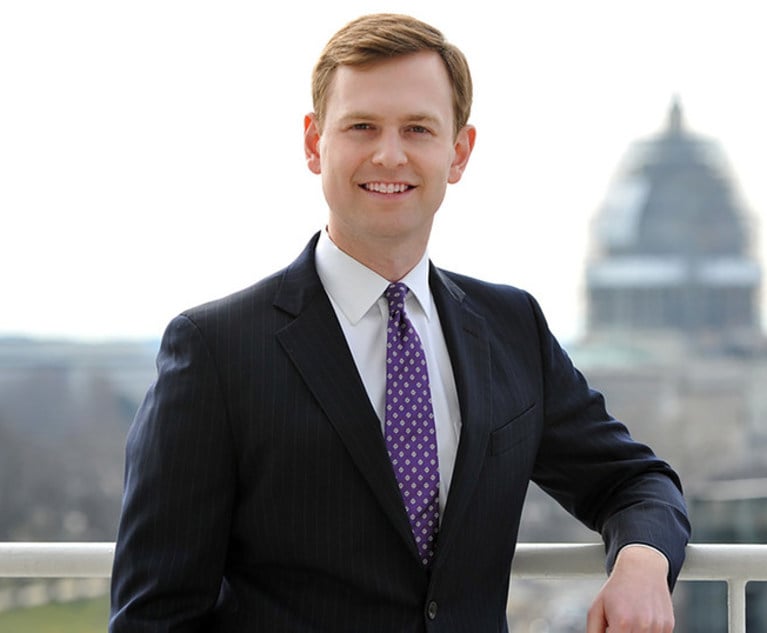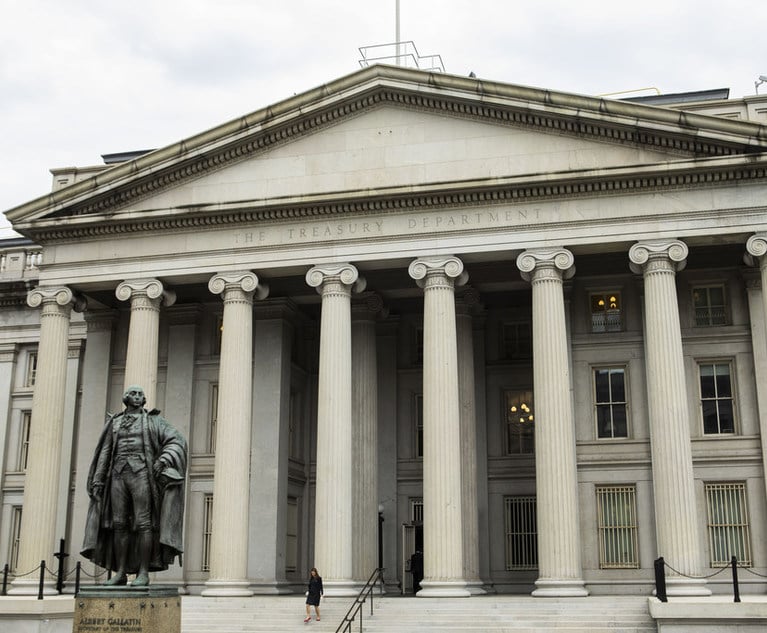List of most corrupt countries updated
The 2013 edition features a 100-point scale. This allows for year-to-year comparisons of countries, tracking their improvement or lack thereof in the area of corruption.
December 04, 2013 at 05:44 AM
2 minute read
The original version of this story was published on Law.com
Corruption, graft and bribery are worldwide problems, though any savvy businessperson knows that these issues vary widely based on geography. As corporations plan multinational strategies, they must learn the potential corruption pitfalls of each country in which they plan to do business. But how can companies learn which nations are the most corrupt?
Since 1995, the answer has been Transparency International's Corruption Perceptions Index. The 2013 edition was released on Dec. 3, and features a 100-point scale that was first used in 2012. This allows for year-to-year comparisons of countries, tracking their improvement – or lack thereof – in the area of corruption.
The top-rated countries in this year's index were Denmark and New Zealand, with Finland and Sweden tied for third. The top of the list remained largely unchanged from last year, with the only slip coming from Finland, which was tied for first in the 2012 scale. The 2013 edition also featured the addition of one new country, South Sudan.
At the bottom of the list were Somalia, Afghanistan and North Korea, which all tied for last place. Somewhat disheartening is the news that more than two-thirds of the countries fell below 50 on the 100-point scale.
Some countries did improve from 2012 to this year, including Myanmar, Senegal, Estonia and Greece, though several countries dropped in the rankings, including Syria, Spain, Iceland, Eritrea and Libya.
The United States clocked in at 73, in 19th place, the same as last year.
“All countries still face the threat of corruption at all levels of government, from the issuing of local permits to the enforcement of laws and regulations,” said Huguette Labelle, chair of Transparency International, in a statement.
The report is the result of a combination of surveys and corruption assessments in both the private and public sectors.
For more stories about corruption, check out the stories below:
Financial firms face FCPA fines for foreign fraternization
New York State Legislature sues to silence corruption probes
Demystifying the U.S. Foreign Corrupt Practices Act (Part I)
This content has been archived. It is available through our partners, LexisNexis® and Bloomberg Law.
To view this content, please continue to their sites.
Not a Lexis Subscriber?
Subscribe Now
Not a Bloomberg Law Subscriber?
Subscribe Now
NOT FOR REPRINT
© 2025 ALM Global, LLC, All Rights Reserved. Request academic re-use from www.copyright.com. All other uses, submit a request to [email protected]. For more information visit Asset & Logo Licensing.
You Might Like
View All
Internal Whistleblowing Surged Globally in 2024, So Why Were US Numbers Flat?
6 minute read
FTC Finalizes Child Online Privacy Rule Updates, But Ferguson Eyes Further Changes

Supreme Court Reinstates Corporate Disclosure Law Pending Challenge
Trending Stories
- 1New York-Based Skadden Team Joins White & Case Group in Mexico City for Citigroup Demerger
- 2No Two Wildfires Alike: Lawyers Take Different Legal Strategies in California
- 3Poop-Themed Dog Toy OK as Parody, but Still Tarnished Jack Daniel’s Brand, Court Says
- 4Meet the New President of NY's Association of Trial Court Jurists
- 5Lawyers' Phones Are Ringing: What Should Employers Do If ICE Raids Their Business?
Who Got The Work
J. Brugh Lower of Gibbons has entered an appearance for industrial equipment supplier Devco Corporation in a pending trademark infringement lawsuit. The suit, accusing the defendant of selling knock-off Graco products, was filed Dec. 18 in New Jersey District Court by Rivkin Radler on behalf of Graco Inc. and Graco Minnesota. The case, assigned to U.S. District Judge Zahid N. Quraishi, is 3:24-cv-11294, Graco Inc. et al v. Devco Corporation.
Who Got The Work
Rebecca Maller-Stein and Kent A. Yalowitz of Arnold & Porter Kaye Scholer have entered their appearances for Hanaco Venture Capital and its executives, Lior Prosor and David Frankel, in a pending securities lawsuit. The action, filed on Dec. 24 in New York Southern District Court by Zell, Aron & Co. on behalf of Goldeneye Advisors, accuses the defendants of negligently and fraudulently managing the plaintiff's $1 million investment. The case, assigned to U.S. District Judge Vernon S. Broderick, is 1:24-cv-09918, Goldeneye Advisors, LLC v. Hanaco Venture Capital, Ltd. et al.
Who Got The Work
Attorneys from A&O Shearman has stepped in as defense counsel for Toronto-Dominion Bank and other defendants in a pending securities class action. The suit, filed Dec. 11 in New York Southern District Court by Bleichmar Fonti & Auld, accuses the defendants of concealing the bank's 'pervasive' deficiencies in regards to its compliance with the Bank Secrecy Act and the quality of its anti-money laundering controls. The case, assigned to U.S. District Judge Arun Subramanian, is 1:24-cv-09445, Gonzalez v. The Toronto-Dominion Bank et al.
Who Got The Work
Crown Castle International, a Pennsylvania company providing shared communications infrastructure, has turned to Luke D. Wolf of Gordon Rees Scully Mansukhani to fend off a pending breach-of-contract lawsuit. The court action, filed Nov. 25 in Michigan Eastern District Court by Hooper Hathaway PC on behalf of The Town Residences LLC, accuses Crown Castle of failing to transfer approximately $30,000 in utility payments from T-Mobile in breach of a roof-top lease and assignment agreement. The case, assigned to U.S. District Judge Susan K. Declercq, is 2:24-cv-13131, The Town Residences LLC v. T-Mobile US, Inc. et al.
Who Got The Work
Wilfred P. Coronato and Daniel M. Schwartz of McCarter & English have stepped in as defense counsel to Electrolux Home Products Inc. in a pending product liability lawsuit. The court action, filed Nov. 26 in New York Eastern District Court by Poulos Lopiccolo PC and Nagel Rice LLP on behalf of David Stern, alleges that the defendant's refrigerators’ drawers and shelving repeatedly break and fall apart within months after purchase. The case, assigned to U.S. District Judge Joan M. Azrack, is 2:24-cv-08204, Stern v. Electrolux Home Products, Inc.
Featured Firms
Law Offices of Gary Martin Hays & Associates, P.C.
(470) 294-1674
Law Offices of Mark E. Salomone
(857) 444-6468
Smith & Hassler
(713) 739-1250







